Our Christmas meal at the Hare and Hounds once again proved a great success. Even though only seven members made it to the banqueting table on the date chosen (and no we didn’t lose any on the way up) did not detract from the evening. [Read more about Christmas Meal 2016]
- Log in to post comments

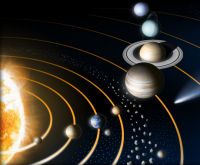 In this month's edition:
In this month's edition: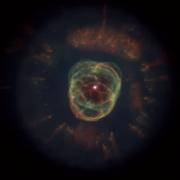
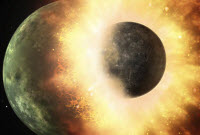 In our Solar System we find to kinds of planets: small rocky planets closer to the sun, and ice giants further out. The rocky planets (Mercury, Venus, Earth and Mars) have only three moons among them, whereas the ice giants (Jupiter, Saturn, Uranus and Saturn) have around ninety. This month's video article by '
In our Solar System we find to kinds of planets: small rocky planets closer to the sun, and ice giants further out. The rocky planets (Mercury, Venus, Earth and Mars) have only three moons among them, whereas the ice giants (Jupiter, Saturn, Uranus and Saturn) have around ninety. This month's video article by '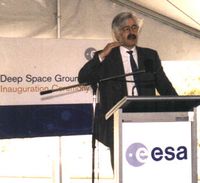 As far back as 1982, Prof Southwood recalled, he was present at the meeting at which the Cassini mission to Saturn stemmed. David remembers the date well – June 30th – his birthday.
As far back as 1982, Prof Southwood recalled, he was present at the meeting at which the Cassini mission to Saturn stemmed. David remembers the date well – June 30th – his birthday. 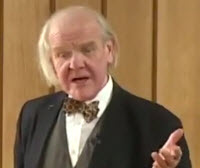 Allan's chosen subject this year Mary Somerville-the Lady Mathematical Astronomer, one of the first serious scientific woman of the 19th century, a ‘grand amateur', of independent means who could pursue her passion to a professional level. In and an age when scientific work was undertaken by men, very few women could be counted as equal to their male scientific peers...
Allan's chosen subject this year Mary Somerville-the Lady Mathematical Astronomer, one of the first serious scientific woman of the 19th century, a ‘grand amateur', of independent means who could pursue her passion to a professional level. In and an age when scientific work was undertaken by men, very few women could be counted as equal to their male scientific peers... 